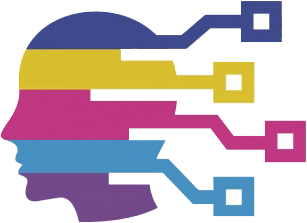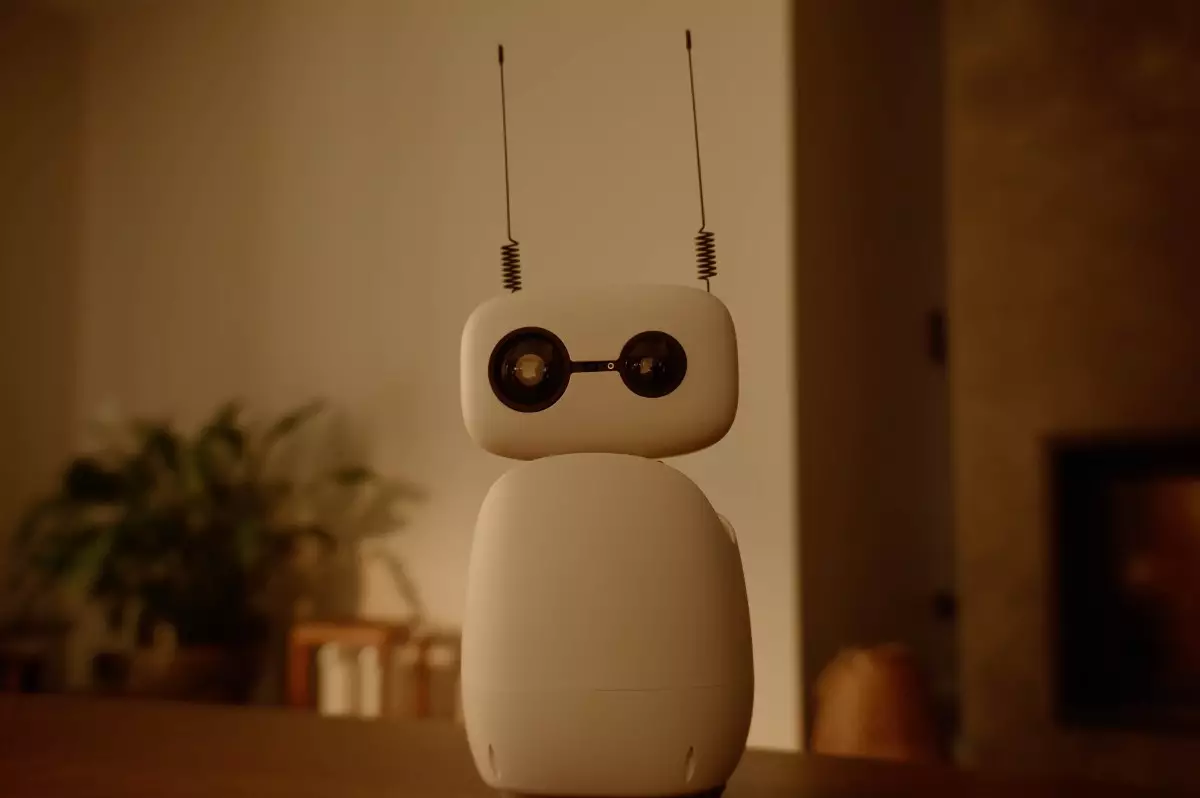The landscape of robotics is undergoing a profound transformation, driven by the advent of open-source hardware like Hugging Face’s Reachy Mini. This new release signifies more than just another robot; it embodies a shift towards democratizing technology, making advanced robotics accessible to a broader community of innovators. Unlike traditional robotic systems, which often come locked behind proprietary barriers, the Reachy Mini invites developers, hobbyists, educators, and even curious novices to explore, customize, and enhance its capabilities. This move not only lowers the barriers to entry but also ignites a spirit of creativity and experimentation that could shape the future of AI integration in everyday life.
The decision to produce two versions of the Reachy Mini—wireless and wired—reflects a nuanced understanding of diverse user needs. While the wireless variant offers portability and convenience at $449, the more affordable Lite version at $299 serves those who prefer a simple, wired setup. By offering these options, Hugging Face promotes inclusivity within the developer community, encouraging experimentation regardless of budget constraints or technical requirements. This approach fundamentally shifts the paradigm from a top-down, vendor-controlled ecosystem to one where end-users are empowered to modify, improve, and tailor their robotic companions.
Open Source as a Catalyst for Innovation
Central to the Reachy Mini’s ethos is its open-source nature, which positions it as a catalyst for collaborative innovation. The robots come in DIY kits, enabling users to physically assemble their devices while also programming them using familiar tools like Python. This seamless integration of hardware and software fosters a deeply interactive learning environment, transforming robotics from a complex discipline into a hands-on experience accessible to many. Moreover, with pre-installed demos and direct access to Hugging Face’s extensive AI Model Hub—home to over 1.7 million models—the platform sparks limitless creative applications.
This open approach confronts the often opaque world of robotics, which has traditionally been dominated by closed-source, black-box systems controlled by a handful of corporations. By releasing these robots as open hardware, Hugging Face advocates for transparency, user control, and community-driven evolution. It empowers users to understand exactly how their devices operate, modify their functionalities, and develop novel features that serve personalized or niche needs.
Breaking Down Barriers to Creativity
The anecdotal insight shared by Hugging Face’s CEO, Clém Delangue, highlights a crucial insight: people, including children, want to nurture a close relationship with their robots—taking them around the house, exploring, and tinkering. This desire for accessible, customizable devices indicates a broader cultural shift toward human-centered, interactive robotics. Rather than distant, corporate-controlled machines, these robots are becoming personal companions, learning tools, or creative outlets.
Hugging Face’s strategy focuses on rapid deployment, with the Reachy Mini Lite shipping soon and the wireless version arriving later this year. This pragmatic approach—eschewing long pre-order delays—ensures that users can quickly get their hands on functional devices, accelerating learning and experimentation. The open-source model leverages community feedback, encouraging collective troubleshooting, feature development, and the sharing of inventive applications. Such an ecosystem nurtures a dynamic environment where innovation is no longer confined within corporate R&D labs but flourishes among passionate individuals worldwide.
The Future of Robotics is Open and Collaborative
Delangue’s assertion that open-source robotics is essential for a healthier, safer technological future resonates strongly. If a handful of corporations monopolize control over home robots, the risks include a lack of oversight, reduced transparency, and increased vulnerability to misuse or malfunction. An open-source ecosystem, on the other hand, champions accountability, security, and diversity of ideas.
This movement signals a need for a fundamental reevaluation of how we develop, distribute, and interact with robotics technology. By making these devices affordable, customizable, and rooted in community collaboration, Hugging Face sets a precedent that could redefine innovation in this sector. It invites a global community of builders and thinkers to participate, experiment, and ultimately shape the smart robots that will increasingly become part of our homes and lives. Through this democratization, the potential for positive societal impact—education, healthcare, entertainment—is immense, provided the open-source philosophy is embraced broadly and thoughtfully.

